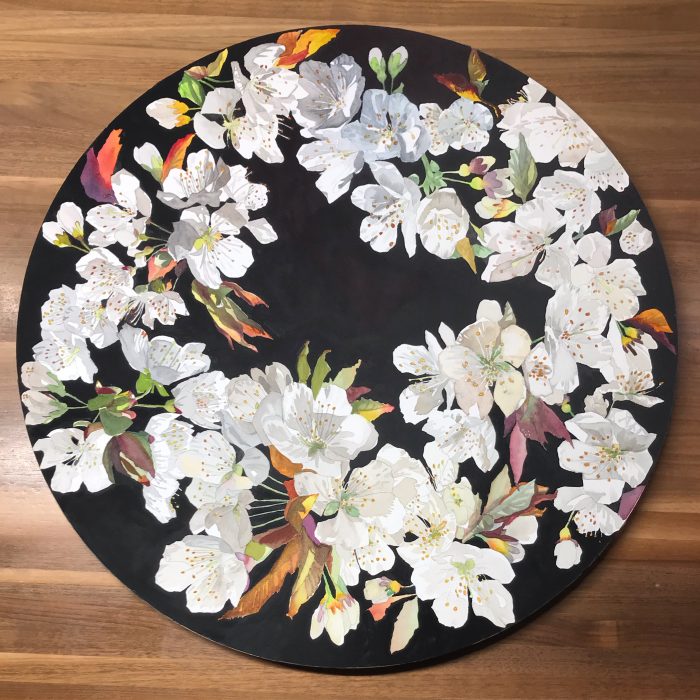Customising Your Watercolour Palette
May 16, 2022When it comes to plein air painting, watercolours are an ideal medium for capturing the scene quickly, or for taking on-the-go for hikes, camping or road trips. In this article, you’ll get some great ideas for customising your watercolour palette so you’ve got what you need when you set out on your next adventure.
There are a number of reasons why you might want to customise your palette. Keeping your kit light, small, and easy to pack on a hike or journey means you’ll be more likely to bring your supplies with you, and creating a custom palette ensures you have the colours you need for your intended environment. Many artists find it more economical to fill and refill pans from a tube of paint and notice that it is less wasteful – you’ll use the colours you know, love, and trust the mixing qualities of. Once you start creating your custom palettes, you’ll be able to change them up quickly and efficiently so you’re ready for impromptu painting adventures!
When Should I Change The Colours In My Palette?
Changing the colours in your palette is useful when you’re changing the environment or subject matter you’re going to paint. Painting landscapes such as forests may enlist different colours than you’d want if capturing a city scene, a beach, or people.
You may also want different colours if you’re travelling than you would use at home. For example, capturing an ocean scene off the coast of BC would use significantly different colours than if you’re travelling to the beaches of Mexico. Are you capturing day or night scenes? You won’t want to limit yourself too much, so we’ve got some great ideas for keeping it easy and ensuring you’ve got a good range.
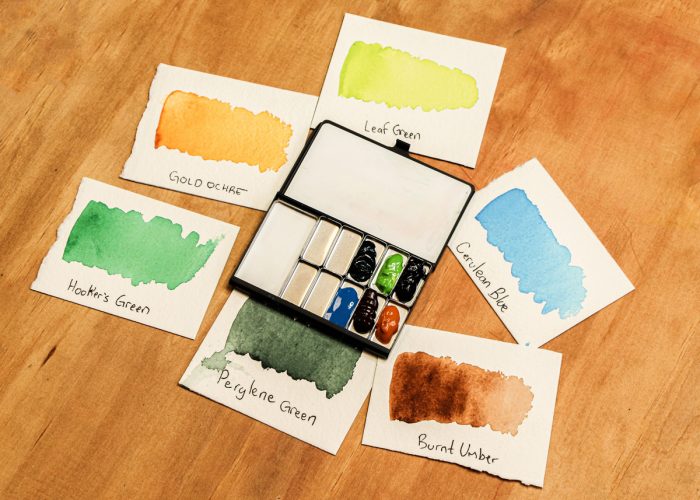
Many brands are creating palettes with built-in empty pans to help you get the best mix for your subject matter, while leaving you room to add your own favourites to expand your options.
Opus Essential Watercolour Tin sets are one example, offering sets of 12 (6 filled pans and 6 empty pans) and sets of 24 (12 filled pans and 12 empty pans). These sets both come with a carefully selected range of colours that will give you the basic colours needed, and offer space for you to customize and add your favourites to the set.
Daniel Smith offers a similar type of palettes, with ranges from basic palettes to those for specific subject matter such as botanicals, landscapes, and portraits.
How To Customise Your Palette
Select your palette and empty pans:
Starting with a set (like the Opus Essential Watercolour Compact Tin Set) ensures you’ve got the basics covered. Figuring out which set you’re going to build on will tell you how many colours you have room to add. Keep in mind that if a set comes with a colour you don’t like or will never use, you can also switch that one out.
Make sure you’ve got some empty watercolour half pans (or full pans if you prefer and your set has room to accommodate the larger pans) ready to fill.
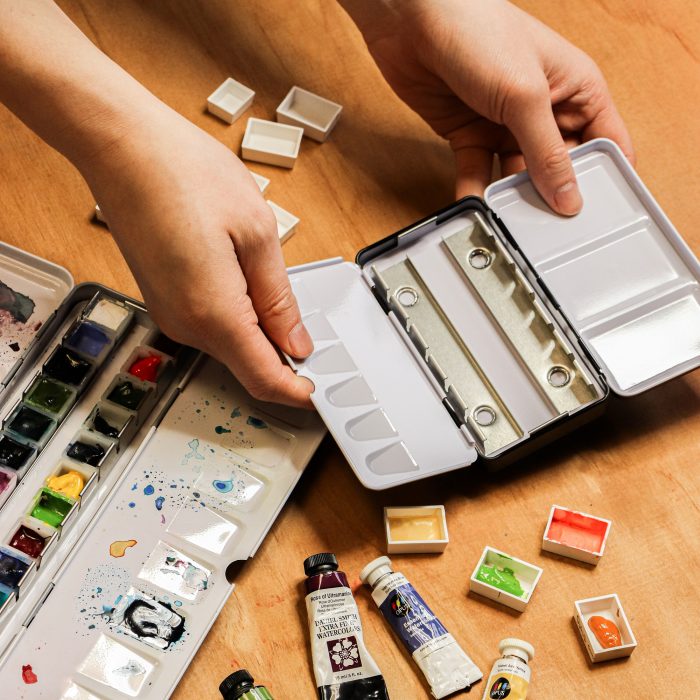
Choosing your colours:
Swatch out all of your watercolours. This may seem excessive, but creating a colour chart of the watercolours in your stash allows you to see what you’ve got at a glance. Seeing all of your colours together, you can make quick visual comparisons to help in your decision making process.
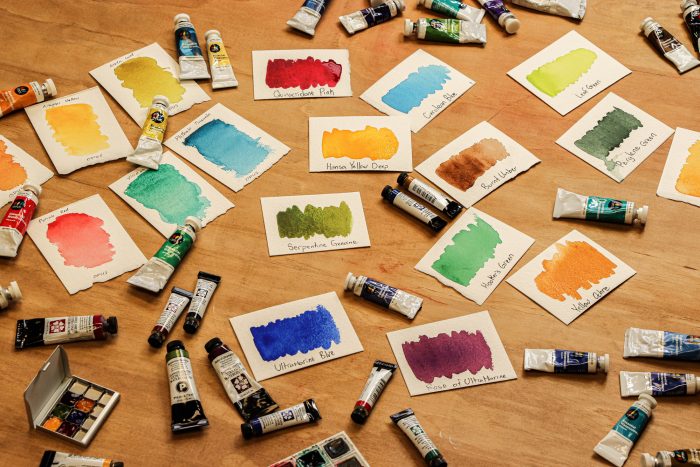
We used our small cut pieces of paper for swatches to help us easily mix and match colours. However, charting your colours on one larger paper is probably easier to keep organised.
Use your colour charts to determine what you’ve got in your personal stash, and when selecting what colours you want to add to your tin. Determine if you’re starting with a partially filled set or with a completely empty set.
If your set includes a number of colours already, have a look at what is included, so you know what you want to add without bringing in duplicates.
If you are starting with an empty set, look at starting with primary colours – a yellow, blue and red – and building from there. The shades of your primary colours, warm or cool (or both) depends on your subject.
Then think about what you are painting. Urban sketching? Add umber or sienna to mix building greys, a second shade of blue for sky. Heading into nature? Warm and cool yellow, warm & cool blue and your reds, maybe an extra shade of green to mix various greens, sienna and umber would be good choices here.
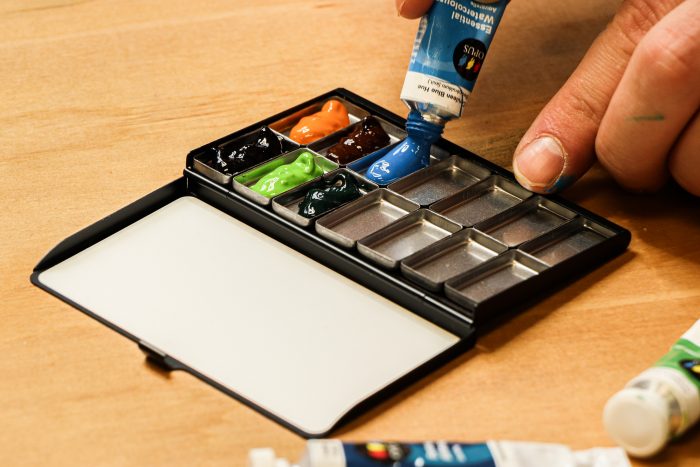
More Tips For Choosing Your Colours
Make a small colour swatch sheet of the colours you’ve combined in that palette so you can see at a glance what is in the palette. Often the stronger colours look close to black until they are mixed with water. This is key. Knowing what you have and what it can mix. It gives you the ease of glancing at the chart to see what colour to use.
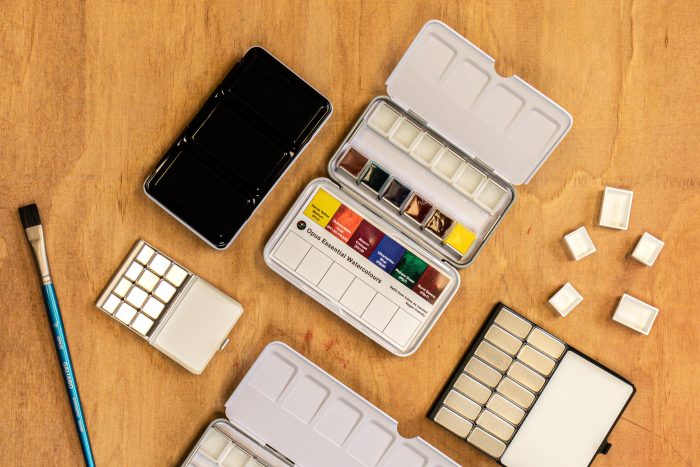
Select colours that mix cleanly to increase the number of colours you can MAKE with what you’ve got. Transparent colours will often mix more cleanly than opaque colours, and choosing single pigment colours will also help you keep your colours bright and clean.
Select colours that you love using together when they suit your subject matter. If you don’t love it, you won’t use it. Don’t like purple? Then don’t add it to your palette. If you find yourself in need of a purple, you can mix one.
Don’t be afraid to mix and match colours from different brands if you prefer one over another or have mixed brands on hand. While similar, many colours have slight differences that can affect how you work with them, or how colours combine/blend together.
As you get more familiar with each of the brands there are certain colours that are different from each other even though they are the same pigment, once you find your favourite you always need it in your tin. Some colours granulate (ultramarine blue) which can make mixing stormy skies really exciting.
How to fill your watercolour pans
Filling your pans is simple – squeeze the watercolour paint from the tube into the pan. Some brands, like our Opus Essential Watercolours, can fill a pan in a single layer without cracking when drying. Other paints, like Daniel Smith, are better layered into the pan (fill ⅓ to ½ full, allow to dry, fill the next ⅓ to ½, allow to dry, and top up) to avoid cracking.
Allow a day or two for the pans to dry before setting out to on your painting adventure. Thinner layers of paint will dry more quickly.
TIP: Use a clean toothpick to move the paint into the corners while wet.
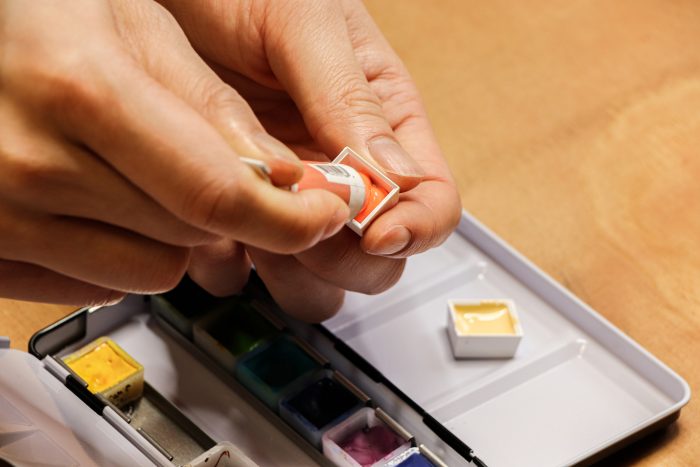
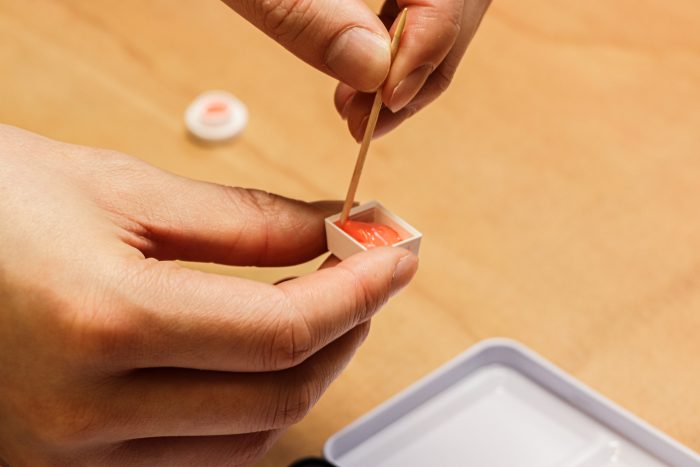
Getting pans in and out of your palette
You can re-use the pans you’ve filled and switch them out at any time by opening up the metal tabs in a metal tin set, and lifting out the pan.
In a plastic palette sets, the pans are generally friction fit into the case – use your nail or a flat head screwdriver to lever them out so you can replace them with your new choice.
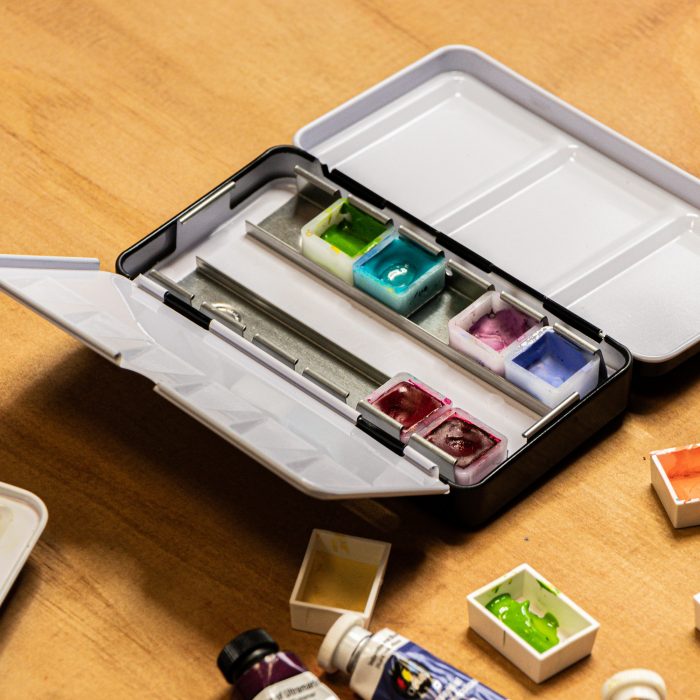
Label your watercolours
Write the name of the colour (and the brand!) on the bottom or side of the pan with a waterproof fine-tipped pen that won’t dissolve when wet. This way, you’ll know what to refill your pan with when you’ve used it up.
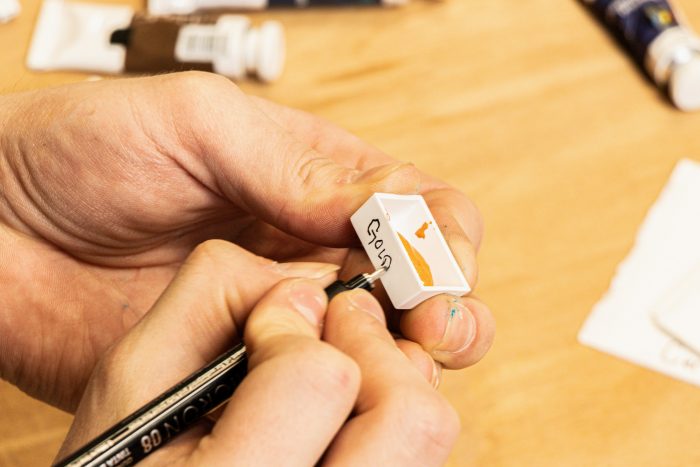
Upcoming Opus Creative Demo
Customizing Watercolour Palettes with Megan Roberts
Thursday, June 2 at 11am PST
Learn how to customize your watercolour palette with Megan Roberts. This demo will guide you through the various ways you can make your watercolour palette uniquely yours.
